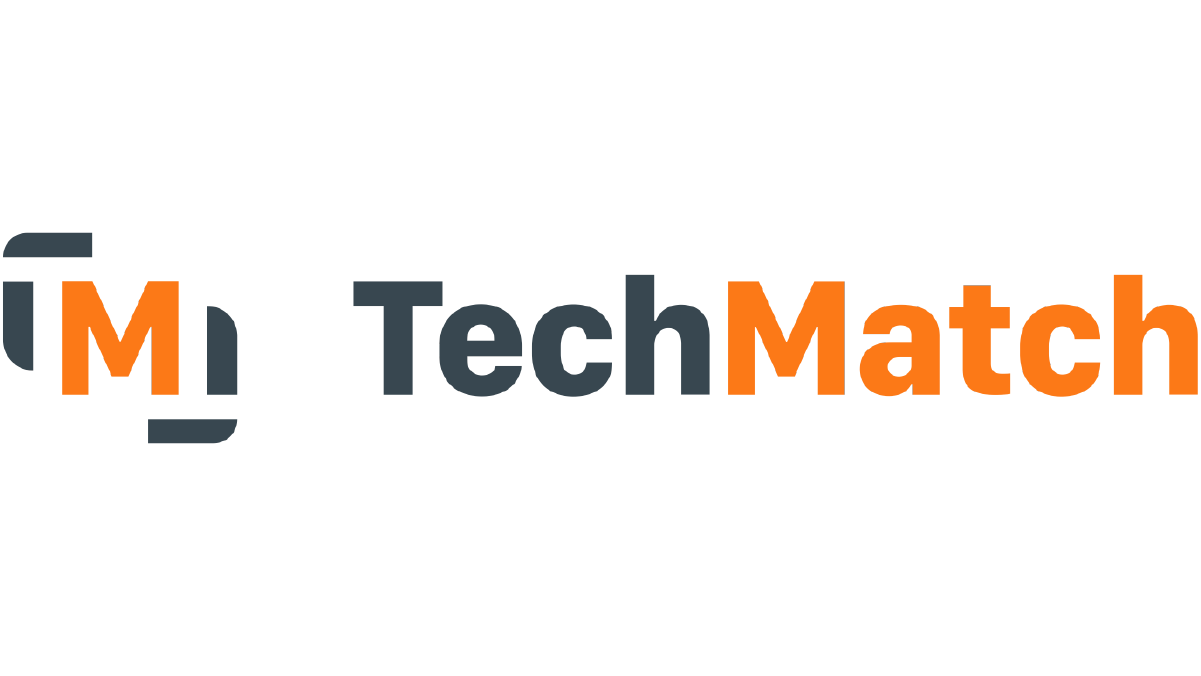Building innovation with strategy and protection in mind
Turning an invention into impact takes more than a bright idea – it demands structure, foresight, and protection. In today’s fast-moving landscape, innovators must design not only what they create but also how they will protect and deliver it.
The Business Model Canvas (BMC) and Business Design methodologies provide a practical bridge between creative innovation and intellectual property (IP) management, helping Filipino innovators align their ideas with viable and defensible business models.
Understanding the Business Model Canvas
The BMC is a one-page strategic tool that visualizes how a business creates, delivers, and captures value. It organizes nine building blocks – Customer Segments, Value Propositions, Channels, Customer Relationships, Revenue Streams, Key Resources, Key Activities, Key Partnerships, and Cost Structure- into a clear and actionable framework.
For IP-driven ventures, the Canvas reveals where intellectual property fits in.
- Value Proposition anchors on proprietary technology or design.
- Key Resources highlight patents, trademarks, and trade secrets as strategic assets.
- Key Partnerships may include licensing or co-development agreements.
- Revenue Streams define how protected innovations generate income.
From Canvas to Commercialization
Many Filipino inventors excel technically but struggle to connect their inventions to market demand. The BMC closes this gap by helping them visualize how their ideas deliver value and by aligning IP filings with real commercial opportunities.
For example, a startup developing eco-friendly textile coatings may view its patent as a key resource, but its true value proposition lies in offering “sustainable durability for apparel manufacturers.” Understanding these relationships ensures that IP protection supports the business, not just the paperwork.
Integrating Business Design and IP Strategy
Business Design extends the BMC with the human-centered principles of design thinking—empathize, define, ideate, prototype, and test. It encourages small, fast learning loops and early market validation.
Through pilot tests, user interviews, or prototypes, innovators refine both their business model and protection strategy: what to patent, when to file, and how to license. The outcome is a venture that’s user-focused, scalable, and secure.
When to Protect and When to Pivot
Timing is everything in IP protection. Filing too early can inflate costs; filing too late risks public disclosure and loss of novelty. Ideally, protection should follow proof of concept but precede product launch.
Innovators can integrate IP milestones directly into their Canvas—under Key Activities, for instance: “conduct prior art search” or “file patent application.” This alignment allows flexibility to pivot business or technology directions without compromising legal protection.
Common Pitfalls to Avoid
Innovators often face recurring challenges:
- Innovators often face recurring challenges:
- Skipping market validation before investing in IP
- Misaligned IP ownership among partners
- Overengineering technology without clear demand
- Treating IP as a formality instead of a business asset
Using the BMC helps maintain visibility over both commercialization and protection priorities, keeping ventures grounded in strategy.
Philippine Context: Connecting IP with Growth
At TechMatch, we guide local innovators to treat their Business Model Canvas as a commercialization roadmap—linking patents, licensing, and value delivery within one strategic view.
The Business Model Canvas and Business Design are more than planning tools—they are bridges between creativity and protection. By embedding IP into every stage of innovation, Filipino inventors can turn ideas into sustainable enterprises that thrive locally and compete globally.










